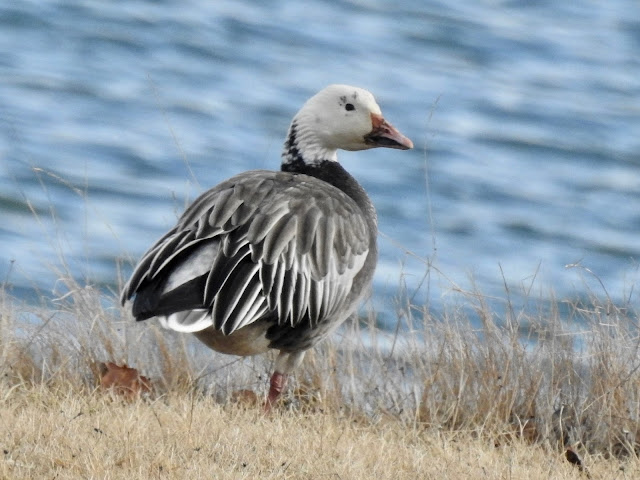
Did you know that February is Pet Dental Health Awareness Month? Because 70% of cats and dogs 4 years or older are affected by periodontal disease, we are committed to helping you keep your companions safe and healthy.
Periodontal disease is preventable with proper attention and care. Below are some tips to provide the best oral care for your pet.
Cats and Dogs:
Take Note of Bad Breath:
Unusual scents coming from your pet's mouth could indicate that there is something wrong! Additional warnings of poor dental health are bleeding gums, yellow or brown teeth, pawing at the mouth and loose or missing teeth.
Brush Those Teeth!
Brushing your cat or dog's teeth may seem intimidating at first, but you can begin by letting your pet smell the toothbrush and pet toothpaste (human toothpaste is not safe for pets!) Over time, you can gradually ease into brushing on each side of the mouth for a few seconds.
Toys, Treats and More:
Consider toys, treats and food that are designed to improve oral health in pets by removing troublesome plaque. Before purchasing, look for the Seal of Acceptance from the Veterinary Oral Health Council.
The Scoop on Dental Exams:
A thorough dental appointment will include an exam of your companion's head and neck to check for abnormalities as well as the teeth and gums to look for redness, swelling or bleeding. To remove pesky plaque and clean your pet's teeth well, veterinarians recommend putting them under anesthesia.
And, we couldn't forget about those bunnies!
Rabbits:
Rabbit teeth differ from the teeth of cats and dogs because they continue to grow for their entire lives. This is a characteristic that can be found in animals who naturally eat tough, fibrous plants and vegetation. You can't brush rabbit teeth, but below are some tips to care for your bun's oral health!
Diet:
80-90% of a rabbit's diet should consist of fibrous grass hay. Fed a low-fiber diet, the molars get too long, the upper molars curve sideways and form a sharp spike that cuts into the cheek, and the lower molars curve inward and form a spike that cuts into the tongue. To avoid these painful oral problems, it is vital to keep track of your rabbit's diet.
Behavior Changes:
Monitor your rabbit for changes in behavior such as: if he stops eating hay and pellets, if he is eating less food overall, if he runs up to the food as if he’s hungry, sniffs it, then walks away without eating, if he has episodes of anorexia that recur every few months, if you find moisture around his mouth or on his chin, or a sour odor to his breath. If you notice these, there may be dental problems.
Dental Exams:
When you take your bun for their yearly exam, be sure the veterinarian checks their teeth. Most emergency vet trips are due to dental issues!
Toys for Healthy Teeth!
You may think rabbits only have the first two teeth you see in the front, but they really have 28! A good type of toy to offer your bun are wood-based toys to wear down the teeth similarly to how they are worn down in nature.



















































